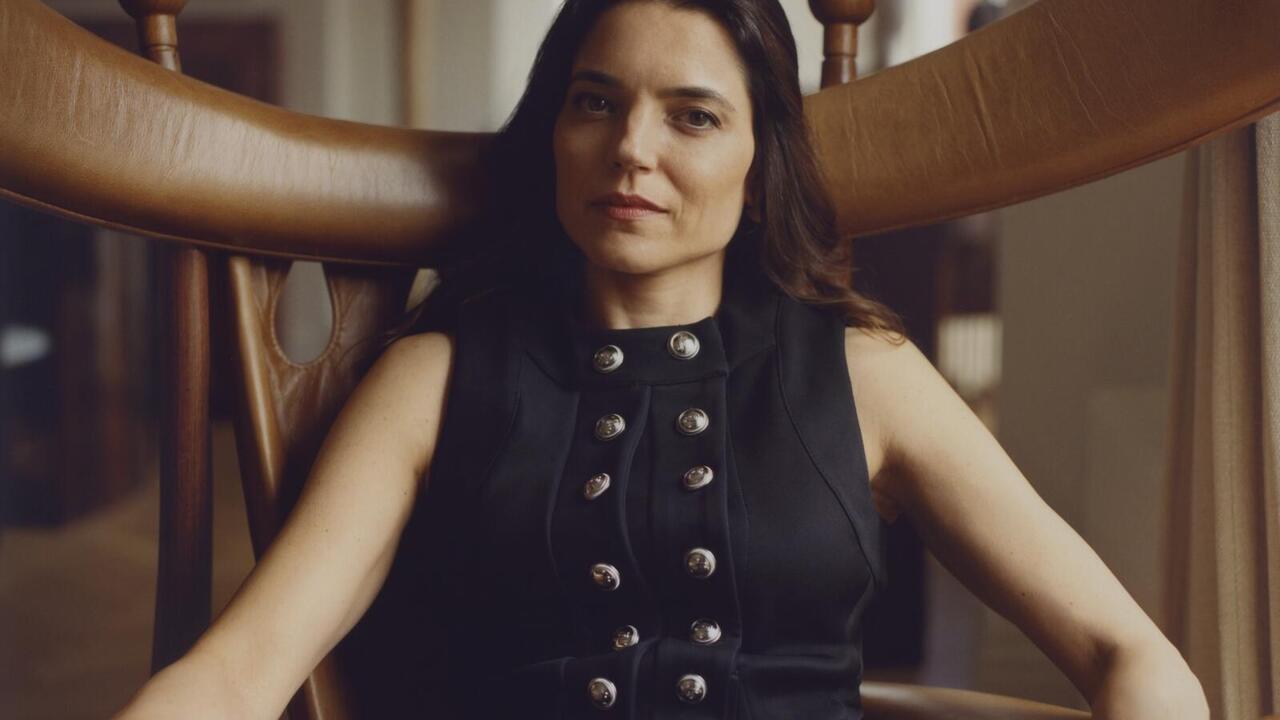Patrick Graf
Kunstraum Baden
Kunstraum Baden

Patrick Graf’s opera was already in full swing when I arrived at the opening. The artist, five other amateurs and one professional singer were performing using a pre-recorded score of Das auf der Karte westlich gelegene Meer (The Sea to the West on the Map, 2012), the title of both the opera and the exhibition. A short synopsis: The human race has retreated to the seabed Atlantis after choking Earth’s land masses with rubbish.
‘Yellow Beings’ – as the humans are called by the native Atlanteans – wear the necessary breathing and defence equipment as they search for new habitats and sources of food. The roles are clearly defined: the loveable Atlanteans versus the evil, destructive Yellow Beings. To avoid any misunderstandings, the nice natives are easily identifiable by their cheerful green costumes and animal-like faces, while the alien resource guzzlers appeared in protective yellow suits that might equally well be used for pest control or space exploration. However influenced by opera, the lyrics recall the language of both special offer promotions and Protestant hymns from bygone centuries.
Once the performance had run its course in among the guests at the opening – there was no separate stage, nor seating area – the set remained as an installation and a temporary studio for the artist. Pale blue, semi-transparent rubbish bags enveloped the whole space to create an improvised underwater atmosphere. On one side of the space, there were formations of seaweed and coral against submerged mountains made of packaging and insulation materials; on the other side, the towering remains of a shipwreck made of cardboard and wire. During the performance, the audience was promised ‘the most beautiful sea of all’: a paradise below the waves, located in the West and all wrapped up in a huge rubbish bag.
In ecological terms, the question of whether we have just one world at our disposal or several sounds either naive or cynical. But in aesthetic terms, Graf’s performances, installations, drawings and paintings always portray multiple parallel worlds: animal figures that seem to derive from comics, cartoons or children’s books meet an army of humans straight out of a sci-fi or action film. Graf’s opera takes place in the ‘Ypsilonic Age’ – a name the artist invented for his parallel universe of collaged figures and worlds which are spawned by the fertile imagination of a certain Dr. Y.
The traditional superheroes of the optimistic grand narratives from the part of the world that once called itself ‘the West’ take on another guise once they are seen through the perspective of Graf’s damaged or even doomed universe. His cast of characters include the engineer for whom nothing is impossible, the activist who wants you to change and the artist-priest with a direct connection to higher beings. With narrative virtuosity and a form of provisional sincerity, Graf puts a new spin on a cast of old characters.
Translated by Nicholas Grindell















